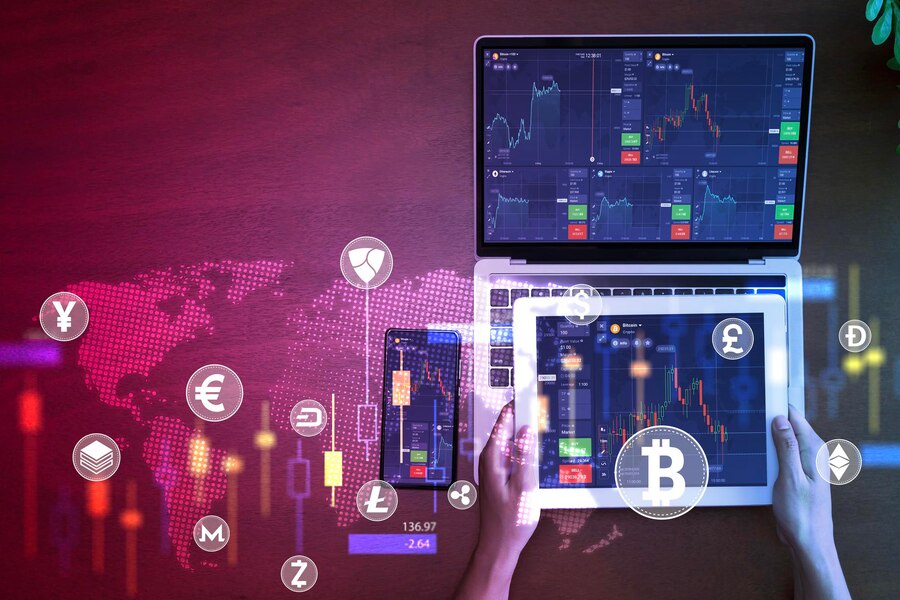Developing a tokenization platform involves creating a digital infrastructure that converts real-world assets into digital tokens, allowing them to be traded or represented on a blockchain network. Here's a general outline of the key components and considerations for building such a platform:
-
Blockchain Integration: Choose a suitable blockchain platform (e.g., Ethereum, Hyperledger) for token issuance and management. Develop smart contracts for token creation, transfer, and redemption. Ensure interoperability with other blockchain networks if necessary.
-
Token Standards: Adhere to token standards like ERC-20, ERC-721, or create custom standards based on the requirements of the assets being tokenized. Standardization facilitates compatibility and interoperability with wallets, exchanges, and other blockchain services.
-
Regulatory Compliance: Understand and comply with relevant regulations governing tokenization, such as securities laws and KYC/AML requirements. Implement features for identity verification, accreditation, and regulatory reporting.
-
Asset Digitization: Develop processes and interfaces for onboarding and verifying real-world assets onto the platform. This may involve integrating with external data sources, conducting asset audits, and establishing legal frameworks for asset representation.
-
User Interface: Design intuitive user interfaces for asset owners, investors, and administrators. Provide functionalities for token issuance, trading, tracking, and management. Ensure security measures like two-factor authentication and encryption.
-
Liquidity Pools: Create mechanisms for liquidity provision, such as decentralized exchanges (DEXs), order books, or liquidity pools. Implement algorithms for price discovery and automated market making to facilitate trading.
-
Interoperability: Enable interoperability with existing financial systems and other blockchain networks. Develop bridges or protocols for asset tokenization across different platforms, enhancing accessibility and liquidity.
-
Scalability and Performance: Architect the platform for scalability to handle a large volume of transactions and assets. Consider solutions like sidechains, sharding, or layer-2 protocols to improve throughput and reduce latency.
-
Security and Auditing: Implement robust security measures to protect against unauthorized access, fraud, and cyber attacks. Conduct regular security audits and penetration testing to identify and address vulnerabilities.
-
Community Engagement: Foster a vibrant community of developers, asset issuers, investors, and regulators around the platform. Provide developer tools, documentation, and support to encourage innovation and adoption.
-
Governance Model: Define a governance model for decision-making, protocol upgrades, and dispute resolution within the tokenization ecosystem. Engage stakeholders in governance processes to ensure transparency and decentralization.
-
Continuous Improvement: Continuously iterate and improve the platform based on feedback from users, regulatory changes, and technological advancements. Stay updated with industry trends and collaborate with partners to enhance functionality and usability.
By addressing these aspects comprehensively, a tokenization platform can provide a robust and efficient infrastructure for digitizing a wide range of assets and unlocking new opportunities in finance, investment, and commerce.


No comments yet